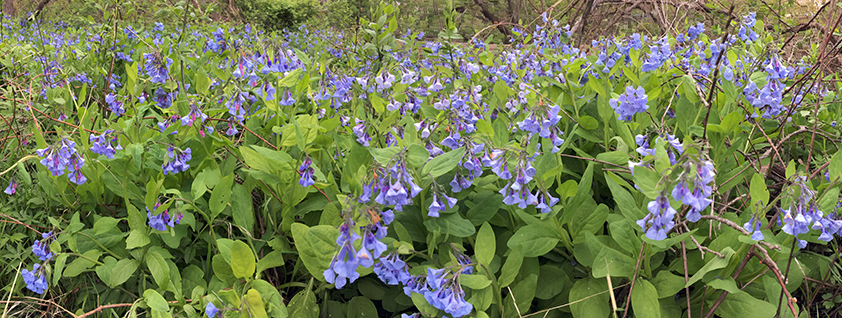
12 “Awards” for Spring Flowers and Wildlife in the Milwaukee Area
June 21, 2019 | Topics: Spotlight, Stories
And the winners are . . .
the lucky residents of Southeast Wisconsin who can enjoy our beautiful parks!

Story and photographs by Eddee Daniel
It is the first day of summer, officially speaking. Perfect time, I think, to take a glance back at some special spring moments.
After a long, taxing winter there is nothing like a patch of colorful flowers gleaming in warm sunlight to brighten the spirit. The first spring blossoms are small miracles, appearing as they do, seemingly at random, in a world still clothed in drab, wintry grays and browns. Early spring can be a tease and we had a particularly rocky one this year, with mercurial weather extremes that brought moments of summer-like temperatures along with a rare pair of April blizzards and lots of cold rain.
But, as the old saying goes, “April showers bring May flowers,” and our especially soggy conditions led to an explosion of wildflowers during the latter half of spring. To celebrate this bounty I bring you, fresh from the urban wilderness, a new installment in an occasional series of somewhat fanciful awards for the best and most remarkable wildflowers from throughout the six-county region of Southeast Wisconsin.

As a special treat, for this Spring 2019 edition of these unique and highly subjective awards I have included a few examples of wildlife.
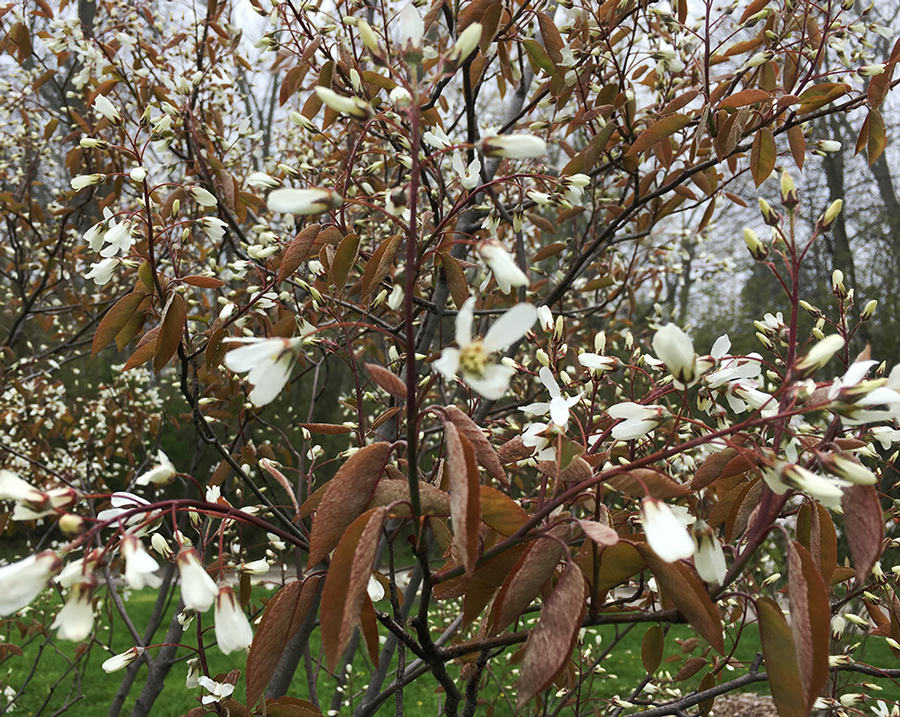
Why wildflower awards? Flowers are beautiful and evocative, of course, and we are attracted to them almost as much as are the birds and bees. However, the most important reason to put a spotlight on wildflowers is not the flowers themselves, but to celebrate the amazing parks and preserves here in our metropolitan region where they can be found. This is the wealth of nature that helps to make Milwaukee and Southeastern Wisconsin a particularly attractive place to live.
Most Ubiquitous Spring Flower
WHITE TRILLIUM (trillium grandiflorum)

I saw white trilliums nearly everywhere I went, after they started blooming in May. Great swathes of these crowd-pleasers graced woodlands throughout the six-county area. The largest single blossom was this one at Heritage Trails County Park in Washington County, which when I found it was starting to turn pink, something this species does as it ages.
Best Jacks in the Pulpit
BADERTSCHER PRESERVE, Waukesha County

I have a particular fondness for this wildflower—although one needs to grovel a bit to appreciate the dramatic form that inspires its name. Nearly as ubiquitous as white trillium, I came across a lot of Jack-in-the-pulpit (arisaema triphyllum) in a wide variety of woodland locations. Badertscher, which is a City of Muskego preserve, had not only the most in a small area but some of the largest examples I came across.
Most Lavish Woodland Tapestry
NORWAY MAPLE (acer platanoides)
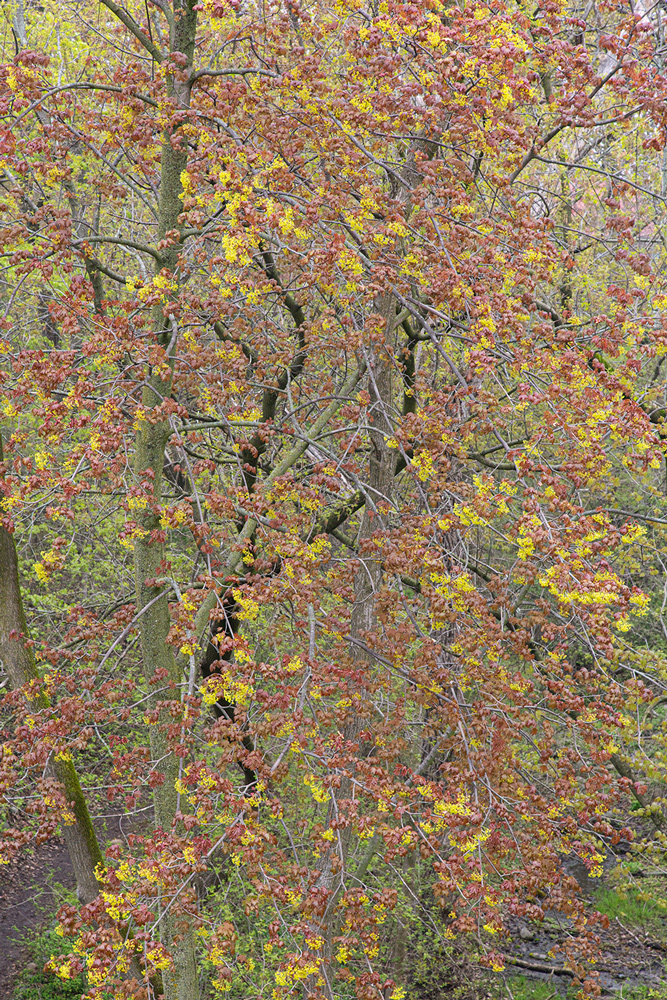
Sometimes one must look up at the trees rather than down at the ground in order to see flowers—although in this case I was looking down into a ravine from one of the Lion Bridges at Lake Park in Milwaukee. Yes, many trees produce flowers, some more showy than others. Unfortunately, while Norway maple is known for its tolerance of urban conditions, it is also an aggressive non-native species.
Loveliest Orchids
MITCHELL PARK CONSERVATORY, Milwaukee

I suppose this one’s unfair. Where else can compete with the weatherproof environment of the Domes? But the weather in early spring was often dreadful enough to drive me indoors and what better place is there to escape crummy, cold and rainy conditions? While the orchids clearly stole the show here, they were far from the only lovely flowers in bloom. Several species of cactus were showing off, too (see below for an example and Flickr for more.)
Most Expansive Carpet of Woodland Wildflowers
WOOD ANEMONES (anemone nemorosa)

…and more at Petrifying Springs County Park in Kenosha. An individual wood anemone, being tiny, is easy to overlook. This made the scene at “Pet Springs,” as it is known to locals, all the more impressive.
Most Diverse Selection of Wildflowers
NORTH BRANCH PROPERTY, Washington County
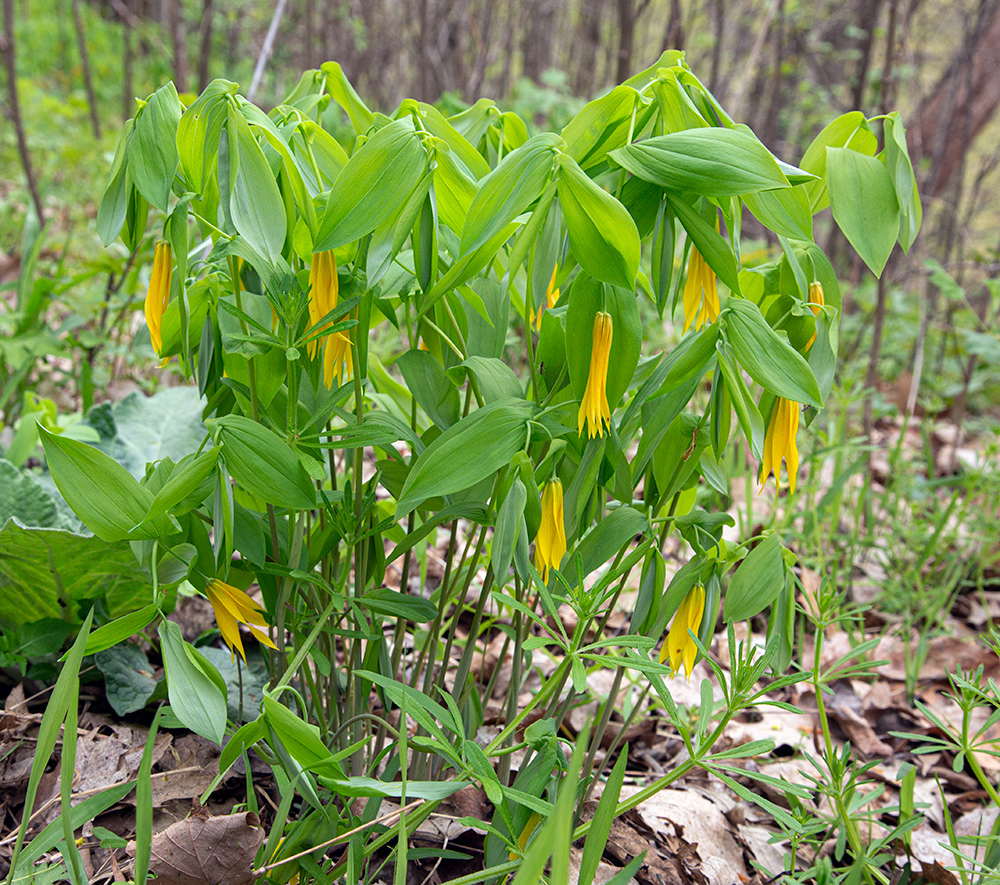
An extraordinary spread of wildflowers was revealed to me in a guided tour of a piece of property newly acquired by the Milwaukee Metropolitan Sewerage District. This property is part of an innovative flood management project known as Greenseams, which involves the purchase of sensitive lands in upstream portions of its service area. The purpose of Greenseams is to protect key wetland and other properties that can reduce downstream flooding by acting as natural reservoirs for storm water. A welcome secondary consequence of the program is the preservation of diverse habitats like this one. Although as yet unnamed and unmarked this property on the North Branch of the Milwaukee River in Washington County is open to the public and will eventually be managed as a public preserve. See more on Flickr.
Dearest Deer
RIVERSIDE PARK, Burlington, Racine County
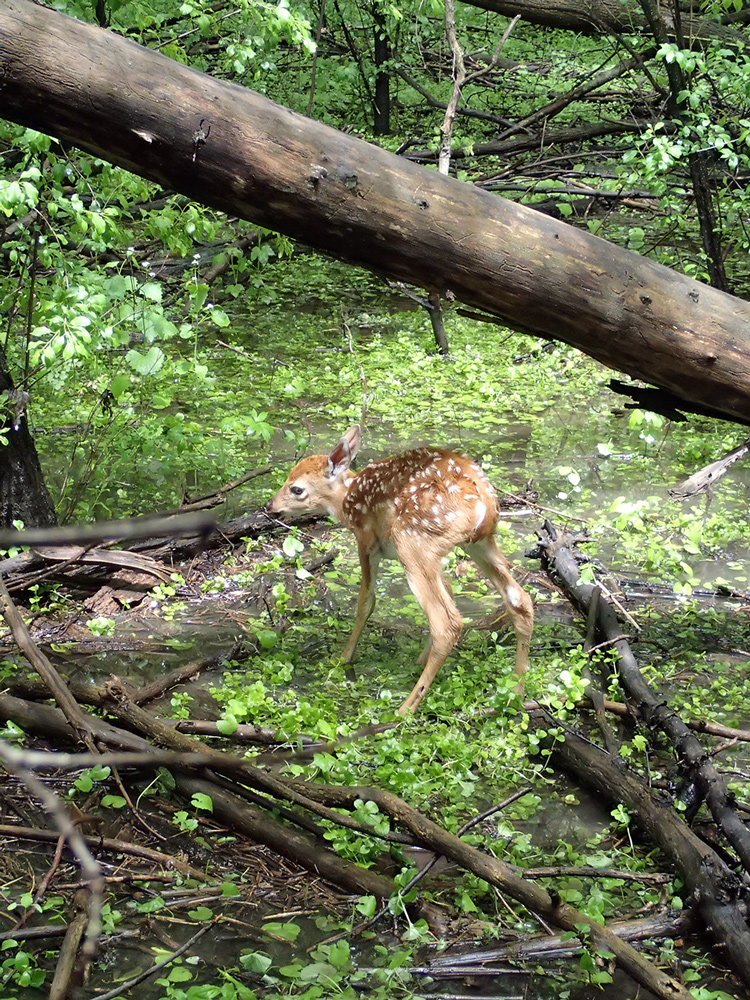
I wouldn’t have noticed this newborn fawn except for its mother, which I saw from a distance. She disappeared quickly, no doubt hoping I wouldn’t investigate. But I did. The fawn was frozen flat on its belly, an instinctual response to danger that usually serves them well. In this case it allowed me to get closer than I’ve ever been to a wild deer. I waited long enough for it to feel safe and rise. It was too young to stand steadily and walked slowly away with a wobbly gait.
Most Surprising and Demure New Find
CURRANT BLOSSOMS, Cambridge Woods
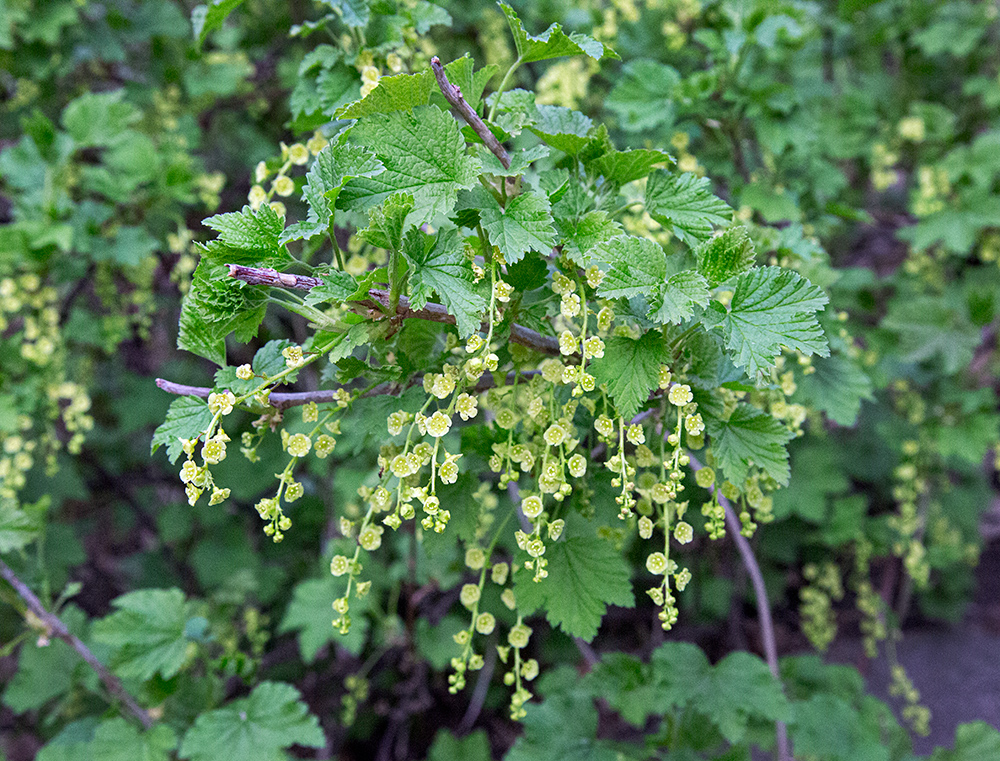
Some species, like the orchids, are extravagant and conspicuous. Then there are flowers like this one that you might pass by completely (if you aren’t its pollinator!) I noticed this specimen on the East Bank Trail of the Milwaukee River Greenway in Cambridge Woods, Milwaukee, which also boasted some of the best patches of the far flashier white trillium (see above) and trout lilies anywhere.
First Butterfly of the Season
MONARCH (danaus plexippus)

Known to be dependent on milkweed, this monarch was clearly enjoying the pink crab apple blossoms that nearly upstage the striking orange and black butterfly. I caught up with the fluttering insect at Veterans Park on Milwaukee’s lakefront.
Most Beautiful Skunk Cabbage
BRATT WOODS PRESERVE, Grafton, Ozaukee County
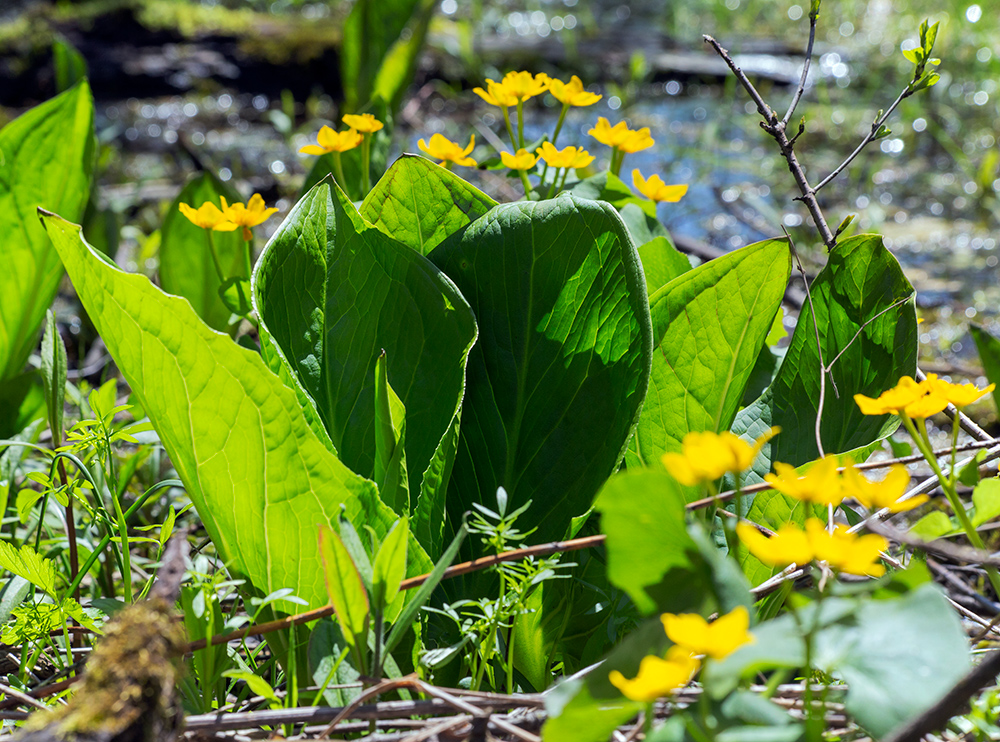
Ok, so I know this swamp plant is an unlikely candidate for a beauty award, being famous mostly for its noxious, skunk-like scent. Even its scientific name (symplocarpus foetidus) evokes its fetid stench. But when I came upon this one at Bratt Woods Preserve in Ozaukee County, backlit by the mid-day sun, it took my breath away, especially framed as it was with glowing marsh marigolds. All in perspective!
Most Spectacular Resurgence of Prairie Trillium
PRITCHARD PARK, Racine

Not as flashy as its white cousin, this red trillium (trillium recurvatum) is also less common and harder to spot—unless you find this enormous patch of them! I’ve never seen the like. Thanks to the efforts of the Root-Pike Watershed Initiative Network, the nine-acre woodlot at Pritchard Park was recently cleared of invasive buckthorn. Many native species sprouted up naturally in the rehabilitated woodland, but none more than the prairie trillium, which covers much of the nine acres.
Grand prize!
MENOMONEE RIVER PARKWAY, Wauwatosa
Most Outrageously Ostentatious Display of Wild Bluebells

But wait, there’s more! The Menomonee River Parkway in Wauwatosa featured not only this stunning patch of bluebells (hyacinthoides non-scripta), but achieved a trifecta of superlatives. Sadly, one of them was the…
Most Glorious Invasive Species
DAME’S ROCKET (hesperis matronalis)

Dame’s Rocket can be seen almost everywhere, on public and private property alike. Prized for its beauty, it is a highly aggressive invasive species. This was a particularly large and dense patch. Finally, on a happier note and still in the Menomonee River Parkway…
Best Worm’s Eye View
MAYAPPLE (podophyllum)
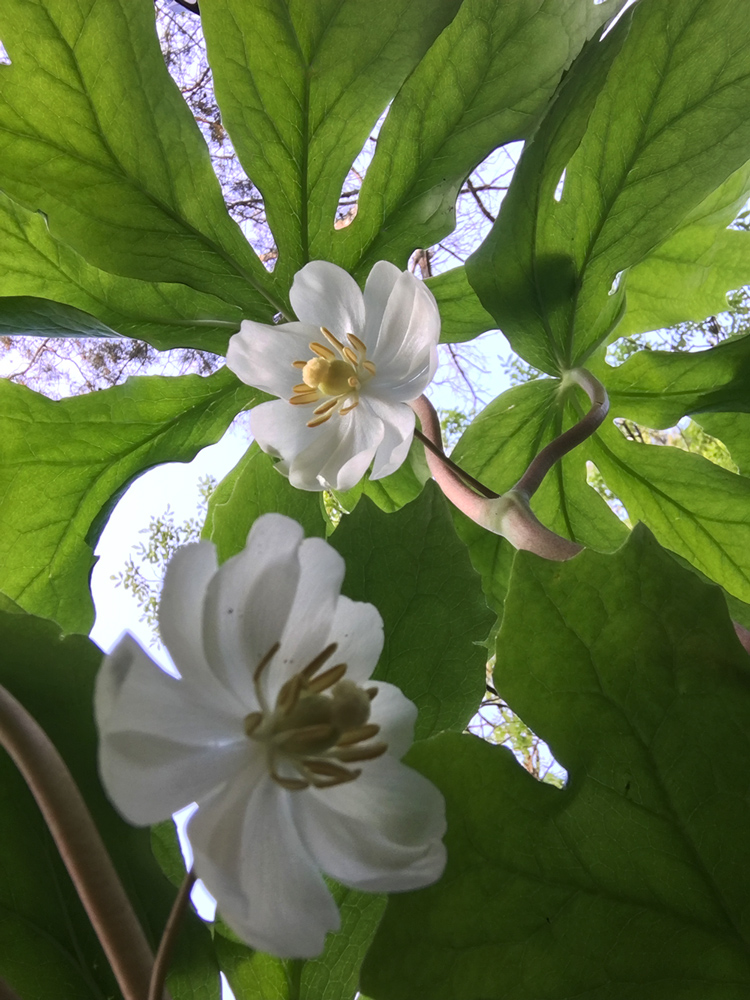
This coy blossom is often invisible to us humans because it is largely hidden underneath the plant’s broad, umbrella-like leaves. The worm’s eye view needed to capture this shot was made possible by putting aside my Canon DSLR and laying my cell phone literally flat on the ground!
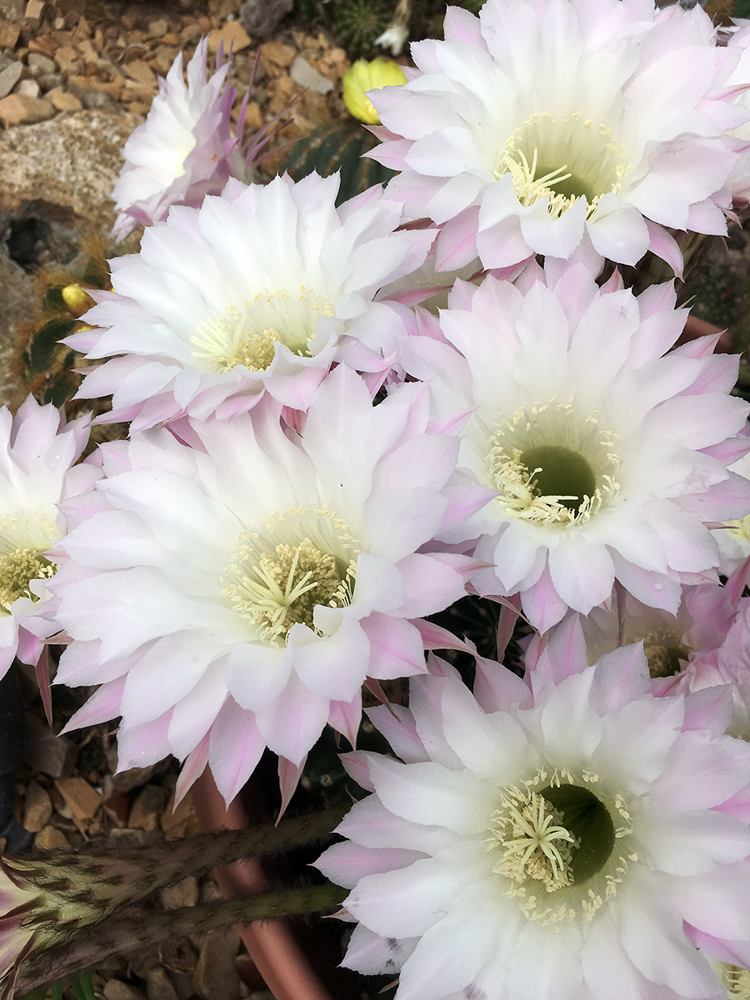
These “award-winning” selections are merely the tip of the iceberg when it comes to the wealth of nature in our midst. Because of the sheer number of possibilities, I had to be very selective when choosing places to honor. The dozen awards unveiled here represent a total of 35 parks, preserves and other green spaces visited between mid-May and mid-June. I’m happy to report that each of the six counties of Southeastern Wisconsin made the cut of honorees. In addition to the award-winners, I caught 60 species of flowers and flowering trees, 11 birds, 2 mammals and one insect. You can see all of them on Flickr.
I hope you’ll find an opportunity soon to visit a park, enjoy the wildflowers—and share them! I’d love to know what your favorites are.
Eddee Daniel is a Milwaukee-based photographer and writer and a board member of Preserve Our Parks. Website: www.eddeedaniel.com.
An edited version of this piece was published by Milwaukee Magazine on June 15, 2019.

